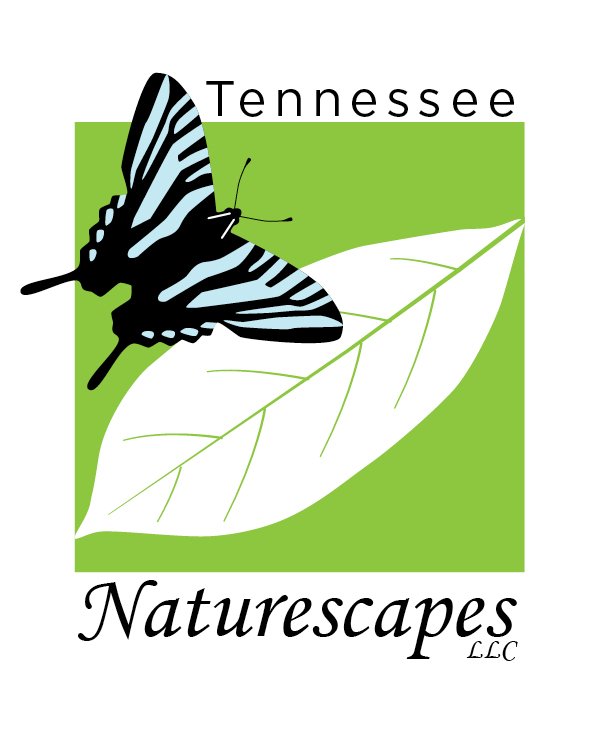 Image 1 of 1
Image 1 of 1


Pachysandra procumbens (Allegheny Spurge)
GARDEN SITE: Part Shade to Full Shade. Acidic, Organically rich, medium moisture, well-drained soil.
SIZE: ½ – 1 ft. Spread 1 – 2 ft.
FLOWERS: White fragrant blooms March - April
WILDLIFE: Attracts Bees and other Pollinators
ZONE: 5-9
Groundcover. Thrives under large trees and other shady locations in foundations, around shrubs or along walkways. Tolerates Drought once established starter plants 6-12" apart. Avoid overhead watering. Deer & Drought Tolerant
GARDEN SITE: Part Shade to Full Shade. Acidic, Organically rich, medium moisture, well-drained soil.
SIZE: ½ – 1 ft. Spread 1 – 2 ft.
FLOWERS: White fragrant blooms March - April
WILDLIFE: Attracts Bees and other Pollinators
ZONE: 5-9
Groundcover. Thrives under large trees and other shady locations in foundations, around shrubs or along walkways. Tolerates Drought once established starter plants 6-12" apart. Avoid overhead watering. Deer & Drought Tolerant
YOU MIGHT ALSO LIKE
GARDEN SITE: ☀️-⛅ Easily grown in rich, medium-wet soils. Prefers light shade but can tolerate deep shade.
SIZE: 2-4 ft. SPREAD: 1-3 ft.
FLOWERS: Tubular, deep pink. July-September.
WILDLIFE: Attracts butterflies and hummingbirds.
LARVAL HOST TO: Checkerspot butterflies
ZONE: 3-8
DISTRIBUTION: AL , CT , MA , ME , MS , NC , NY , SC , TN , WV
Winner of the GreatPlants award, Chelone lyonii "Hot Lips" is a beautiful, clumping perennial that will add both color and interest to your landscape during the fall months. When most flowers are beginning to set seed, Pink Turtlehead is just starting to put on a show with abundant, hot pink, snapdragon-like blooms that rise above deep green foliage. Undemanding and virtually disease and pest free, this striking plant is at home in shady areas and makes a perfect addition to woodland, rain and bog gardens. Deer, wet soil and shade tolerant.
GARDEN SITE: ☀️ Prefers well-drained soil. Tolerant of clay, rocky and sandy soil.
SIZE: 2-3 ft. Spread: 1-2 ft.
FLOWERS: Dense, vibrant purple clusters. July-August.
WILDLIFE: Attracts a variety of pollinators, especially bees, butterflies and hummingbirds.
LARVAL HOST TO: American Lady butterfly
ZONE: 4-9
DISTRIBUTION: Northeastern, Southeastern and Midwestern United States
A rugged, drought tolerant alternative to Giant Ironweed, Vernonia lettermannii " Iron Butterfly" is an Ironweed cultivar that has been selected for its compact, densely mounding growth habit and showy, long lasting flowers. The fine, fern-like leaves will add gorgeous texture and movement to your landscape and looks particularly stunning when planted in masses. Resistant to drought, erosion, dry soil, poor soil and tolerant of deer and rabbit browse.
GARDEN SITE: ☀️-⛅ Dry, well-drained soil with low fertility.
SIZE: 2-4 ft. Spread: 1-2 ft.
FLOWERS: Showy, silvery-white racemes. August-November.
WILDLIFE: Larval host plant for numerous skippers. Provides nesting material, seed and shelter for insects, mammals and birds.
LARVAL HOST TO: Common Wood Nymph, Dakota Skipper, Leonard's Skipper
ZONE: 6-10
DISTRIBUTION: AL , AR , DC , DE , FL , GA , IL , IN , KS , KY , LA , MD , MO , MS , NC , NJ , OK , SC , TN , TX , VA
Splitbeard Bluestem is an elegant, warm season grass that provides year-round movement, color and contrast to your garden. Emerging silvery-blue in the spring, the elegant foliage turns an attractive reddish-copper color in the fall and looks particularly stunning in sunlight. The silvery seed heads ripen in the fall and are a valuable food source for a variety of birds and mammals, making this an excellent choice for backyard birders. This long-lived ornamental grass looks fantastic when clumped in drought prone gardens or when allowed to naturalize a meadow or prairie garden. Resistant to drought and dry soil.















GARDEN SITE: ☀️-⛅ Sandy or shallow-rocky soil. Prefers average, well-drained soil.Intolerant of wet soil and excessive fertilization.
SIZE: 3-5 ft. SPREAD: 2-4 ft.
FLOWERS: Showy, tubular blue. August-October.
WILDLIFE: Flowers are a source of nectar for many pollinators including butterflies, bees, wasps and beetles. Seeds are eaten by songbirds and small mammals.
LARVAL HOST TO: Sage Sphinx
ZONE: 3-8
DISTRIBUTION: South and Central United States
This hardy, native sage boasts tall spikes of vibrant, cerulean-blue, two-lipped flowers and striking silver-toned foliage that is slightly aromatic. Prized for its airy and upright foliage, this easy to grow wildflower will fill your sunny garden with long lasting blooms well after many other plants have finished flowering. The nectar-rich flowers are highly attractive to pollinators such as bees, wasps, butterflies, beetles, hummingbirds and is particularly sought after by migrating Monarch butterflies. An ecological powerhouse, the virtues go beyond its stunning flowers with foliage that provides shelter and food for many small creatures and a vigorous root system that helps prevent erosion. Tolerant of a wide range of growing conditions, Salvia azurea, is drought tolerant once established, and is particularly suited to areas with hot summers and cold winters. Natural resistance to deer and rabbit browse makes this a pretty and practical choice for gardens where wildlife browsing is problematic. You can help support local biodiversity by including this plant in your garden!